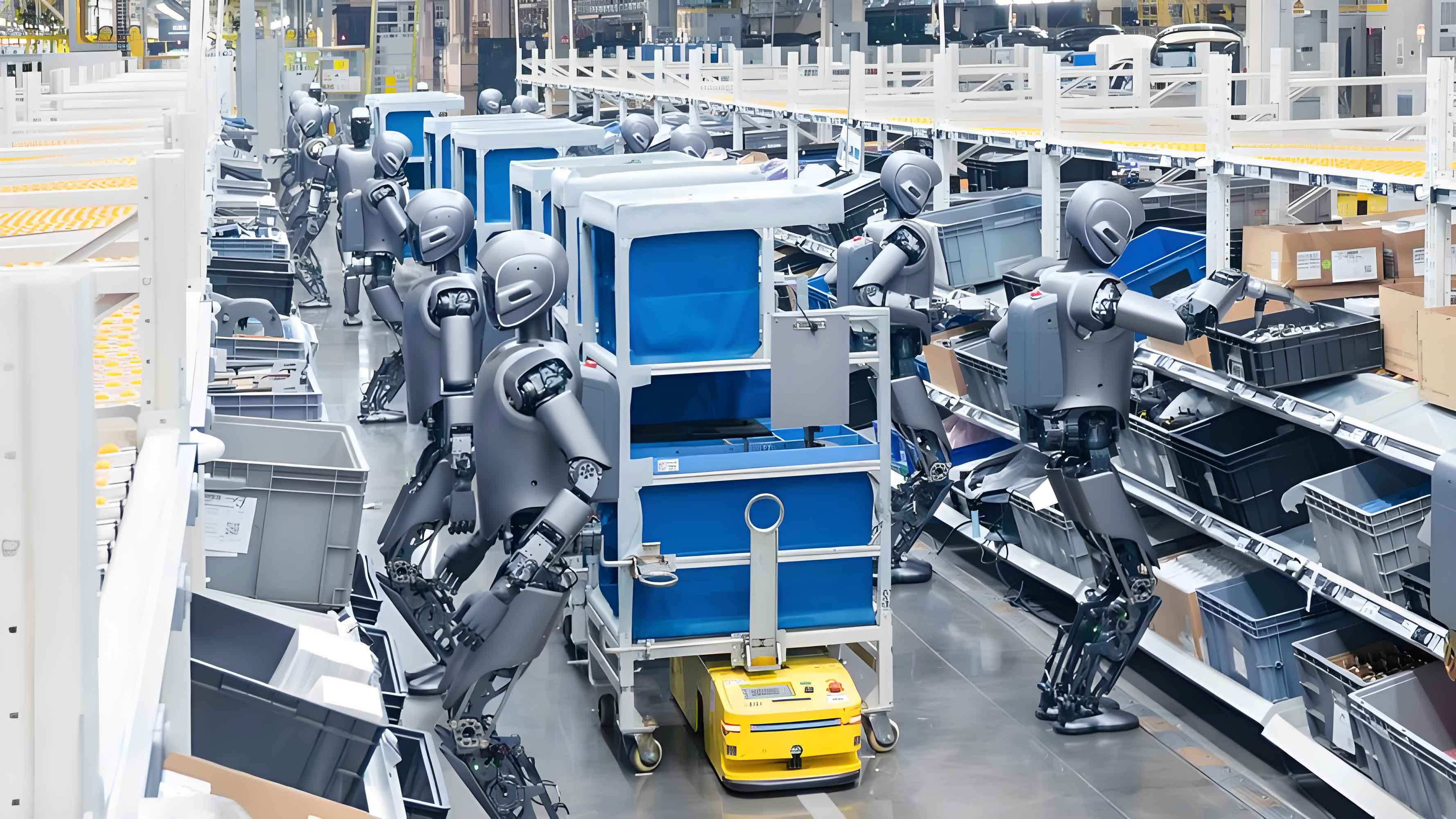The global robot industry is experiencing an unprecedented inflection point, driven by converging advancements in artificial intelligence, materials science, and energy systems. Humanoid robots, once confined to research labs and science fiction, are rapidly transitioning toward commercial viability and industrial scalability. This seismic shift represents not merely technological progress but the dawn of a new economic paradigm with profound societal implications.

Market Momentum and Strategic Investments
Major technology conglomerates and agile startups alike are pouring billions into the robot industry, betting on humanoids as the next ubiquitous computing platform. Industrial titans recognize that human-centric designs offer unique advantages in navigating environments built for people – from factories and warehouses to hospitals and homes. Venture capital inflows surged 78% year-over-year, signaling robust confidence in the sector’s long-term trajectory. Publicly traded companies increasingly view strategic stakes in robotics firms as essential to future-proofing their portfolios, accelerating industry consolidation and vertical integration. Manufacturing hubs across North America, Europe, and Asia are retrofitting facilities for robot assembly lines, anticipating double-digit production growth through 2028.
Technological Catalysts Driving Adoption
Breakthroughs in three core domains are propelling the robot industry forward:
- AI-Driven Autonomy: Machine learning algorithms now enable real-time environmental interpretation, predictive movement planning, and adaptive task execution. Robots learn complex manipulation skills through simulation-to-reality training, drastically reducing programming overhead.
- Advanced Actuation & Mobility: Proprioceptive actuators mimic human muscle compliance, allowing safer human-robot interaction. Combined with dynamic balancing systems, this enables fluid locomotion on uneven terrain – a critical capability for real-world deployment.
- Energy & Operational Efficiency: Innovations like bidirectional charging (V2G integration) allow robots to function as mobile energy assets. Next-generation batteries extend operational endurance beyond 12 hours, while modular designs simplify maintenance, reducing total cost of ownership.
Sector-Specific Applications Scaling Rapidly
- Manufacturing & Logistics: Humanoids handle high-mix, low-volume assembly tasks alongside humans, with collaborative cells reporting 40% productivity gains. In warehouses, they manage overnight restocking and inventory audits, operating autonomously alongside traditional AMRs.
- Healthcare & Eldercare: Robots assist with patient mobility monitoring, medication delivery, and routine clinical support, alleviating staff shortages. Japan and Germany lead pilot programs where humanoids provide cognitive engagement for aging populations.
- Emergency Response & Infrastructure: Equipped with thermal imaging and gas sensors, robots enter hazardous environments for inspection and disaster assessment. Energy companies deploy them for remote facility monitoring in extreme conditions.
- Consumer Services: Hospitality and retail sectors trial concierge and inventory management roles, though mass consumer adoption remains a longer-term horizon.
Policy and Workforce Implications
Governments are scrambling to establish regulatory frameworks addressing safety certification, liability attribution, and ethical deployment. The European Union’s upcoming Robotics Compliance Directive sets stringent operational standards, while Singapore offers tax incentives for companies retraining workers displaced by automation. Labor economists emphasize that the robot industry will generate more jobs than it displaces – particularly in robot maintenance, programming, and supervision – but warn that workforce transitions require proactive investment in STEM education and vocational retraining.
Challenges and Critical Path Forward
Despite progress, significant hurdles remain. Achieving human-level dexterity for complex tool manipulation requires further innovation in tactile sensing and fine motor control. Public acceptance hinges on demonstrable reliability and intuitive human-robot interfaces. Industry analysts stress that sustainable growth depends on standardizing communication protocols and cybersecurity measures across platforms. Supply chain resilience for specialized components like high-torque actuators remains a concern, prompting calls for diversified manufacturing bases.
The Road to Ubiquity
The trajectory is unmistakable: The robot industry is transitioning from niche deployments to broad industrial integration within this decade. As production scales and unit economics improve, humanoids will become indispensable collaborators in economically critical sectors. The convergence of embodied AI with physical automation marks not the replacement of human labor, but the emergence of a hybrid workforce capable of unprecedented productivity. Companies ignoring this tectonic shift risk obsolescence; those investing strategically stand to define the future of global industry. Industry stakeholders project that by 2030, humanoid robots will be as transformative to global supply chains and service economies as the internet was to information exchange – a foundational layer of tomorrow’s technological infrastructure. The race for dominance in this multi-trillion-dollar frontier is already underway, reshaping competitive landscapes across every industrial sector.
